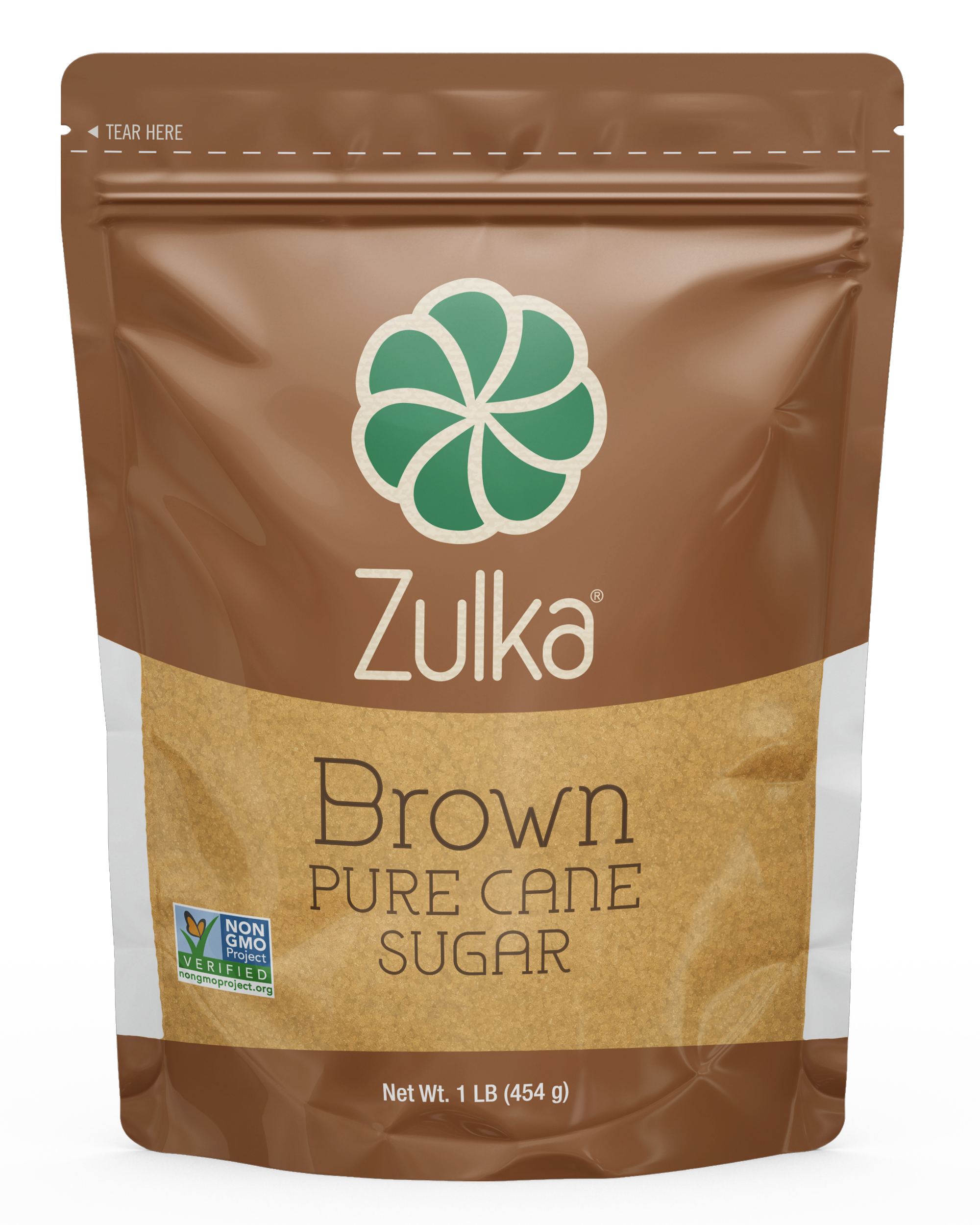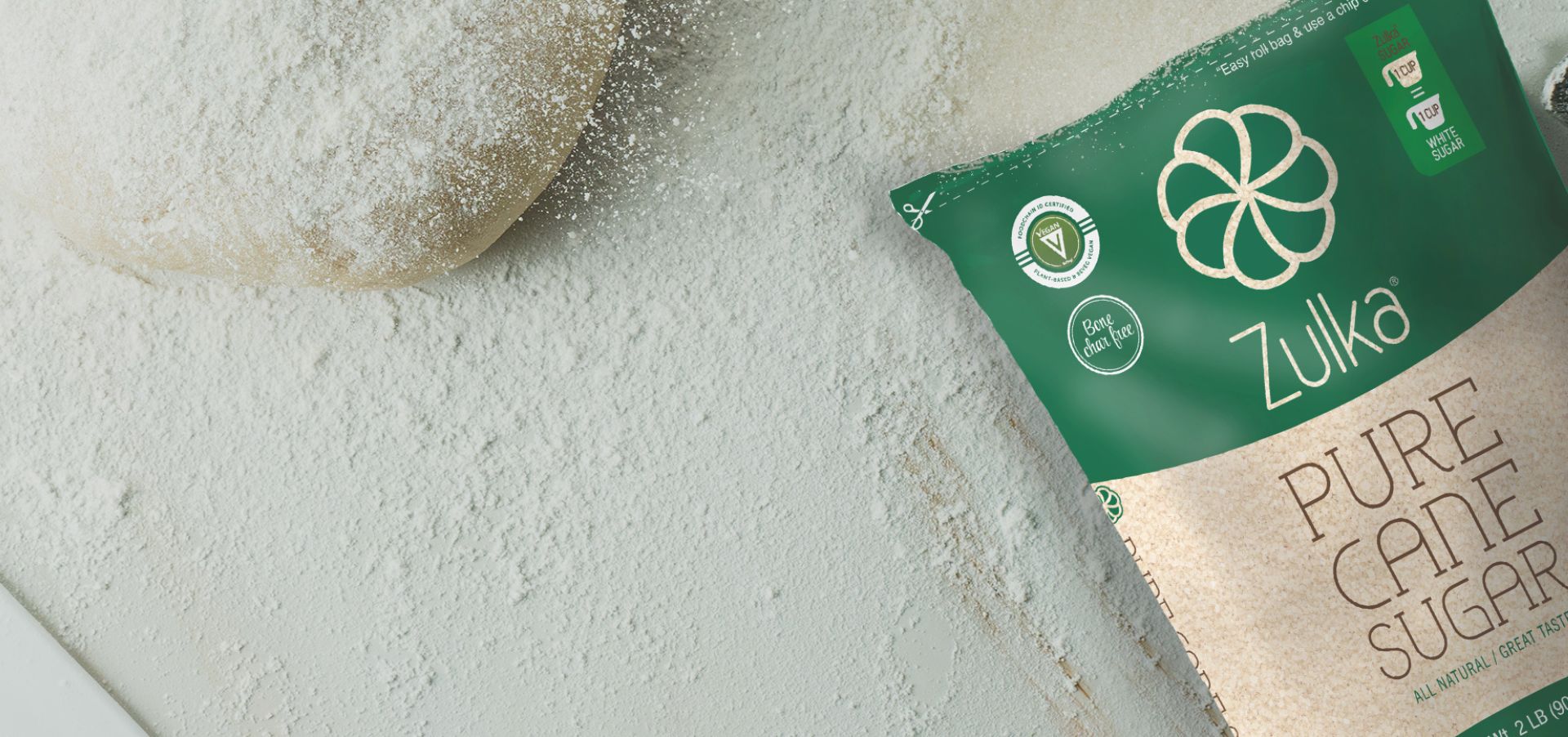Hello there! Welcome to our Frequently Asked Questions section. Our team has gathered a collection of the most commonly asked questions and their answers right here for your convenience. So, let's dive in and hopefully, we'll be able to resolve any doubts you might have.
Why is Zulka® Sugar not White?
Zulka® cane sugar has a distinct ivory color because it is a less-processed product in comparison to white sugar. White sugar obtains a clearer color profile by undergoing an extra refining process.
What is the shelf life of Zulka® sugar?
The suggested shelf life for Zulka® sugar is stated as two years, which is our ‘best-by consumption date’ and is printed on the package for consumer reference. To fully enjoy Zulka® sugar throughout its shelf life, we recommend storing your Zulka® sugar at a room temperature with relative humidity below 70%.
Sugar that exceeds the established shelf life does not represent a health risk. However, consider that some organoleptic properties (color and shape) may change, but you will continue to enjoy the same great taste.
What is the difference between ‘Zulka® Morena Cane Sugar’ and ‘White Cane Sugar’?
The main difference between ‘Zulka® Morena Cane Sugar’ and ‘White Cane Sugar’ is the refining process. ‘Zulka® Morena Cane Sugar’ is a ‘less-processed’ type of sugar which retains trace flavors from natural elements of the sugar cane plant, whereas ‘white cane sugar’ is processed further in order to provide a clearer color by removing the ‘trace natural elements’. Aside from the flavor component that differentiates Zulka® from its ‘white’ counterpart, the inclusion of ‘trace natural elements” in Zulka® Morena Cane Sugar may also provide additional nutritional value.
What are the black dots in my Zulka® Sugar?
Black dots are relatively common in any sugar process and their consumption does not represent a health risk for humans or animals. These dots are essentially ‘burnt sugar’ generated in trace amounts during the production process and are completely safe if consumed. Although at first glance the ‘dots’ appear to have a glass or metallic nature, when analyzed in a microscope or through chemical microanalysis, they have been described as ‘charred sugar particles’ and are simply a procedural byproduct of sugar production.



